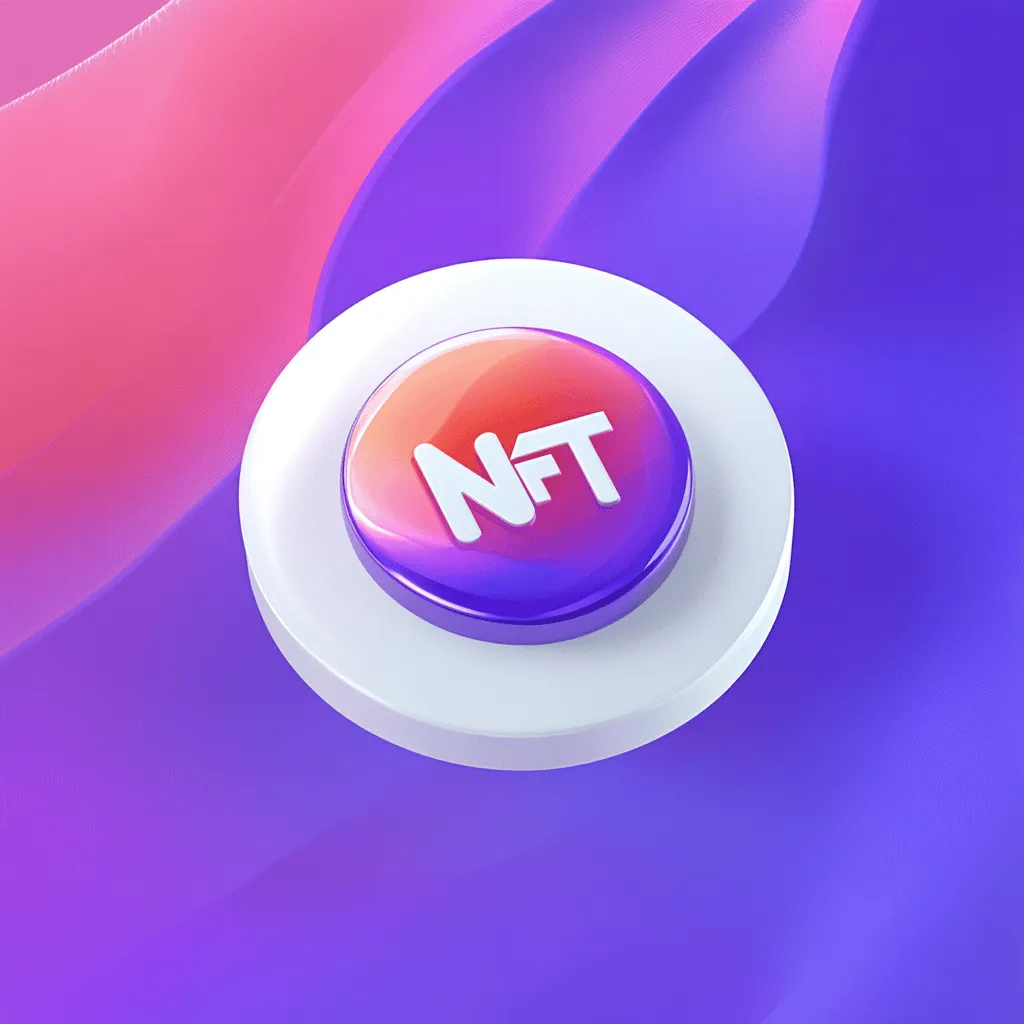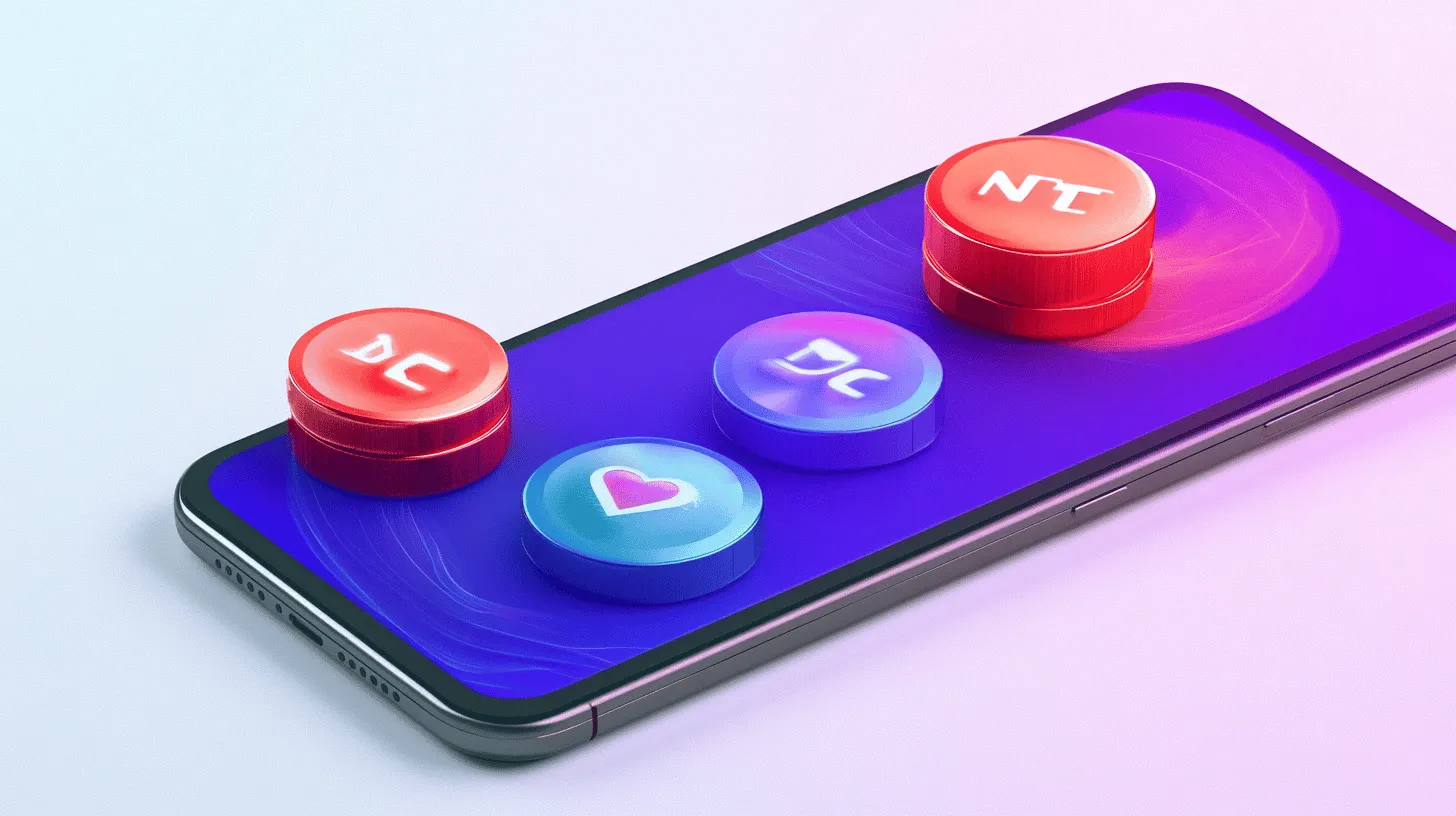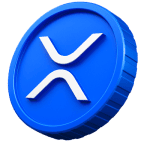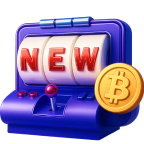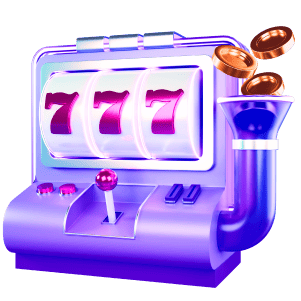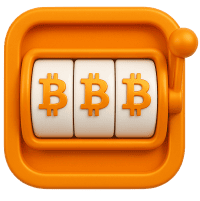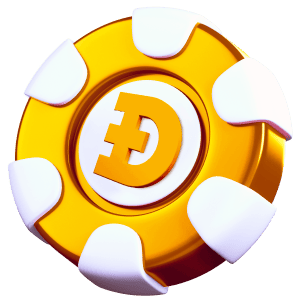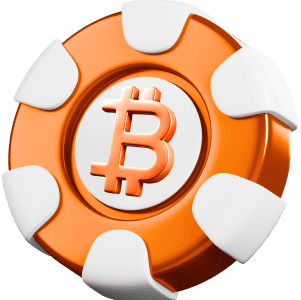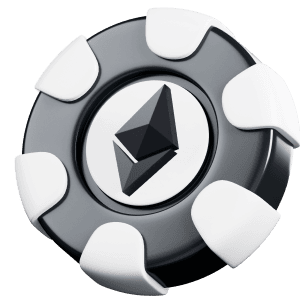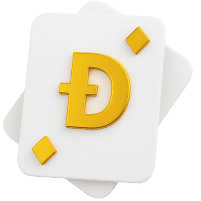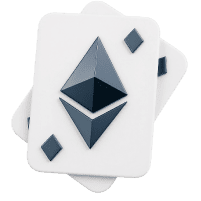NFT (non-replaceable token) is a blockchain technology that allows content creators to secure ownership of any digital object. The operation of the NFT ecosystem is based on the fact that each token contains a unique identification code that distinguishes one token from another. This data allows you to verify the ownership of the token and transfer it to another owner.
In this article we will tell you what is NFT ecosystem, what are tokens and why they are needed.
What is an NFT token
NFT, or non-replaceable token, is a special type of digital asset, characterised by its uniqueness. Unlike standard cryptocurrencies such as bitcoin or fiat currencies such as the ruble or dollar, each NFT is unique and cannot be replaced by a similar token.
The main function of an NFT is to prove authorship of digital content. In real life, ownership of real estate, antiques or works of art is confirmed by official documents issued, for example, by an auction house. It is extremely difficult to copy an original so accurately that it is indistinguishable – it requires a skill comparable to the talent of the author. In the digital world, however, duplication of images or files is instantaneous, and it is often difficult to identify the true creator.
When an artist converts their digital work to NFT, their name is recorded in the token description. This prevents the possibility of misappropriation of authorship, as any attempts at tampering are easily detected. Collectors also benefit from the transparency of the system, being able to see the entire ownership history of the token, including the names of previous owners and transaction dates.
In addition to digital art, NFTs are used in music, video games and even to create unique artefacts in computer games. A particularly important aspect is the ability for creators to receive royalties on each subsequent resale of their tokens.
One notable example of NFT’s success was a work by digital artist Beeple called ‘Everydays: The First 5000 Days’. In March 2021, it was sold at Christie’s auction for an impressive $69.3 million.
However, despite the benefits, NFTs remain a relatively young technology and the legal framework in this area is still emerging. Most countries lack clear laws governing the use and rights to NFTs. This gives rise to legal complexities such as copyright issues. The purchaser of an NFT does not automatically acquire legal rights to the image or content, and a separate contract is needed to transfer them. Without such a contract, the author is free to create and sell similar NFTs, leaving the buyer with only ownership of the digital asset.
Another problem is that NFTs can be created by anyone, regardless of copyright. For example, a visitor to a museum could take a picture of a painting and turn the picture into an NFT, thus violating intellectual property law. The only solution in such a case is to contact the support team of the platform where the NFT is sold.
How NFT works: technology basics and creation process
NFT as part of the Web3 ecosystem operates on the basis of blockchain technology, which allows secure storage and transmission of transaction data recorded as block chains on multiple nodes simultaneously. Thanks to cryptographic protection, this data is virtually impossible to tamper with or alter. Decentralisation makes the system resistant to data loss, censorship and hacking.
When an NFT is created, a public record is created on the blockchain containing information about the token: who created it, when it was created, and who owns it. This information can only be changed when the token is transferred to a new owner.
All operations with NFT are controlled by special programmes – smart contracts. They automatically register a new token and update the data about its owners when a transaction is made. The configuration of smart contracts depends on the specific platform on which the NFT is issued. For example, for the Ethereum blockchain, contracts follow the ERC-721 standard, whereby all tokens are unique and have individual identifiers.
The process of creating an NFT, known as mintering, goes as follows:
- Creating a digital artwork. The artist develops an image using programmes like Adobe Photoshop or Illustrator.
- Selecting a platform. A platform such as OpenSea, Rarible or Foundation is chosen to release the NFT, each using a specific blockchain.
- Wallet registration. The artist creates a cryptocurrency wallet, such as MetaMask or Trust Wallet, to receive payment and transfer funds for posting the work.
- Minting. An image is uploaded, information about it is added (title, description, metadata) and the option to create an NFT is selected. The platform generates a unique token representing the work and writes the data to the blockchain.
- Commissions. There is a fee (gas) for creating and registering an NFT, payable in the corresponding cryptocurrency, such as Ethereum (ETH).
- Sale. After minting, the artist can put the NFT up for sale or auction by setting a fixed price or accepting bids.
- Rights transfer. When an NFT is purchased, the rights to the digital object are transferred to the new owner, and the corresponding record is stored in the blockchain, confirming the legitimacy of ownership.
In this way, NFT provides a reliable way to prove authenticity and ownership of digital assets, making it an important tool in the world of digital art and content.
Why NFTs are needed and where they are used: Main areas of use
Solana NFT ecosystem and tokens on other blockchains have been widely used. NFTs have become an effective tool for asserting ownership of digital objects, increasing transparency and facilitating processes to confirm ownership. They also provide content creators with the opportunity to monetise their works, bringing them to new markets. Let’s take a look at the main applications of NFTs.
Digital Art
Artists and designers convert their work into NFTs, allowing them to retain copyright and generate revenue from subsequent sales in secondary markets. This creates a unique opportunity to monetise digital art.
Collecting
Collecting is one of the most popular uses of NFT. Users can create and trade unique items such as cards, figurines, or game pieces. As with physical collections, the value of NFTs is determined by their rarity, function, and certification.
Virtual Reality
NFTs are widely used in meta-universes such as Decentraland and The Sandbox to manage and sell digital land, buildings and other in-game assets. Popular brands such as Gucci are also beginning to venture into meta-universes, creating virtual spaces like Gucci Town.
Music and video
Music albums and films can be presented as NFTs, giving buyers exclusive listening and viewing rights. This opens up new ways to distribute and monetise audiovisual content.
Digital goods
NFTs find use in the creation and sale of unique digital goods such as designer avatar outfits, desktop wallpapers and other virtual items. For example, the Meta platform offers to outfit avatars in clothing from brands such as Balenciaga, Thom Browne and Prada.
Tokenisation of real assets
Real assets such as artwork, property and cars can be represented as NFTs. This allows users to invest in them and trade globally.
Tickets and vouchers
Event tickets and vouchers for goods and services can also exist as NFTs. Unique digital tickets and vouchers can be easily transferred and authenticated.
Personal Identification
NFTs can be used to create unique identification tokens that facilitate verification and authentication of an individual or organisation.
Criticism of NFT Technology: Issues and Challenges
While NFTs have become popular due to their unique properties, they have also been criticised on several fronts.
Environmental implications
One major concern is the high level of energy consumption during transactions and mining. The process of creating and circulating NFTs leaves a significant carbon footprint, which is of concern to environmentalists. However, the transition of the Ethereum network from the energy-intensive Proof-of-Work (PoW) algorithm to the more environmentally friendly Proof-of-Stake (PoS) algorithm may mitigate this issue in the future.
Market speculation
Many critics consider the NFT market to be speculative. Much of the trading is done for a quick profit rather than out of interest in the artworks themselves. This leads to dramatic price fluctuations and instability in the market.
Difficulties with intellectual property rights
The legal basis for acquiring NFTs is questionable. Anyone with the necessary technical skills can create an NFT and attribute any content to it. This creates confusion with intellectual property rights as the blockchain can capture erroneous claims of ownership. Without additional legal protections, intellectual property rights remain vulnerable.
Conclusion
NFTs have proven to be an effective tool for authenticating authenticity and ownership of various types of assets. As a result, they have found widespread use in fields such as art, sports and even business, becoming an integral part of today’s digital economy. The integration of NFTs with traditional marketplaces opens up new opportunities for entrepreneurs and content creators.
However, despite the obvious benefits, NFT technology faces a number of major challenges. These include high levels of energy consumption, the speculative nature of the market, and difficulties in protecting intellectual property rights. Fraud in the industry also remains a significant problem, making investment in NFTs highly risky. Before purchasing tokens, it is important to research the project thoroughly, check sources of information and remain vigilant.


